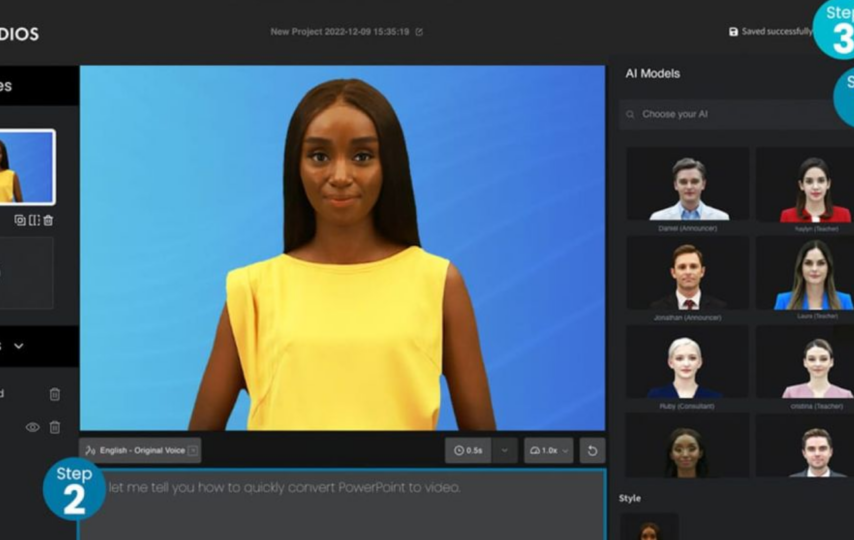In the era of rapidly advancing technology, artificial intelligence (AI) is revolutionizing various industries, including video editing. Automated video editing tools powered by AI algorithms are transforming the way professionals and enthusiasts edit their videos. These tools leverage the power of machine learning and computer vision to analyze, understand, and enhance video content. In this article, we will delve into the world of automated video editing tools, exploring their capabilities, benefits, and impact on the creative process.
Understanding Automated Video Editing Tools
Automated video editing tools employ sophisticated AI algorithms to streamline the editing process. These tools can analyze video footage, detect scenes, identify objects and faces, and even understand emotions and moods. By harnessing computer vision technology, they can automatically trim, crop, and reframe shots, adjust color grading, enhance visual effects, and even apply transitions seamlessly. The AI algorithms can learn from vast datasets, enabling them to mimic human editing styles and produce professional-looking results quickly.
Benefits and Advantages
Automated video editing tools, such as ai video editor, offer numerous benefits and advantages to video editors. Firstly, they significantly reduce the time and effort required for editing, allowing professionals to focus more on creative decisions. These tools can quickly process large volumes of footage, perform tedious tasks automatically, and generate multiple versions for experimentation. Additionally, they help improve efficiency and productivity, especially for projects with tight deadlines.
Moreover, automated video editing tools enhance consistency in visual styles by analyzing existing videos and applying similar techniques to maintain a cohesive look throughout a project. They can also assist in achieving visual storytelling goals by suggesting appropriate cuts, transitions, and effects based on the content’s emotions and narrative structure. This technology enables video editors to push creative boundaries and experiment with different editing techniques.
Creative Control and Customization
While AI-driven automated video editing tools offer efficiency and speed, they also prioritize creative control and customization. These tools are designed to augment the skills of human editors rather than replace them. Users have the flexibility to fine-tune the automated suggestions and adapt them to their specific vision. Advanced tools provide intuitive interfaces that allow editors to interact with the AI algorithms, giving them the ability to modify, override, or refine the automated edits as per their requirements. This collaborative approach empowers editors to maintain their unique artistic expression while benefiting from AI-driven assistance.
Limitations and Challenges
Although automated video editing tools have made remarkable progress, they still face certain limitations and challenges. AI algorithms rely heavily on the data they are trained on. Therefore, they may encounter difficulties when handling unique or complex scenarios that are not well-represented in the training datasets. Additionally, achieving a perfect understanding of creative intent and subjective aesthetics remains a challenge for AI systems. While they can mimic human editing styles to a certain extent, they may struggle with achieving the nuanced decisions and artistic choices that human editors excel at.
Future Developments and Conclusion
The field of AI video editing is evolving rapidly. Continued advancements in machine learning and computer vision will further enhance the capabilities of automated video editing tools. With improved algorithms, these tools will become more adaptable, accurate, and versatile, offering an even greater range of creative possibilities. Additionally, the integration of AI-powered video editing tools into cloud-based platforms and mobile applications will make them more accessible to a wider audience, empowering content creators of all levels.
In conclusion, automated video editing tools driven by AI algorithms are transforming the editing landscape. By automating tedious tasks, offering creative suggestions, and enhancing efficiency, these tools are revolutionizing the way videos are edited. While they have their limitations, they provide immense potential for streamlining the editing process and enabling editors to focus on their creative vision. As technology continues to advance, AI-powered video editing tools will undoubtedly play an increasingly significant role in the future of video production.







